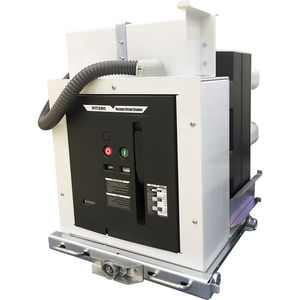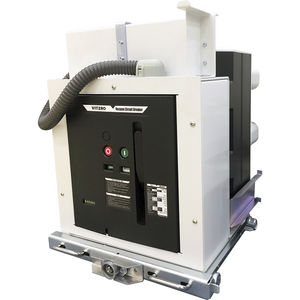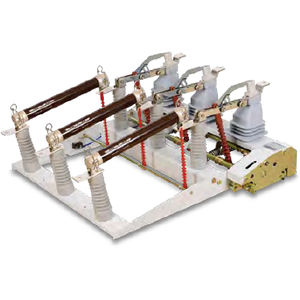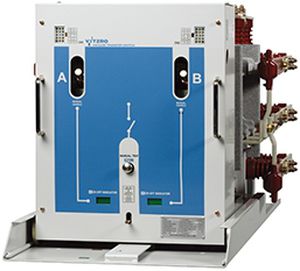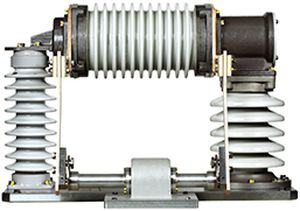
- Electricity - Electronics
- Switch and Relay
- Vacuum circuit breaker
- VitzroEM Co., Ltd.
Vacuum circuit breaker overloadhigh-speedhigh-voltage

Add to favorites
Compare this product
Characteristics
- Type
- vacuum
- Electrical characteristics
- overload, high-speed, high-voltage
- Operating mode
- automatic
- Other characteristics
- fused
- Primary current
Min.: 19 A
Max.: 1,250 A
- VAC
Min.: 7.2 V
Max.: 84 V
Description
VITZROEM Vacuum Interrupter (V.I) is a core part that composes the breaking part of high-voltage VCB. Generally, it is a satisfactory conductor to supply power and it promptly interrupts the current in case of an overload and short circuit faults to ensure the insulation. It is the most ideal, arc-extinguishing device.
Product Features
1) It is a high-performing, highly reliable product and its electrical B11 and mechanical cycle has improved.
- Its performance is optimized by applying the vacuum technology accumulated for more than 25 years.
- It is possible to maintain the high-vacuum state for a long time due to the brazing of vacuum furnace at a clean room and automatic processing of vacuum exhaust unit.
- Through a single compression processing of individual contact, its mechanical strength is good an it does not transform even with more than 10,000times of unload operations.
2) Its performance is improved due to a high-speed breaking and a short arc time.
- As a quick insulation recovery characteristic in the vacuum state, after the contact opening, it interrupts the current at the zero point of initial current which shortens the arc time resulting in less damages and losses or contacts.
- It maintains high reliability by collecting and storing all information on manufacturing and by saving and managing manufacturing history of individual product.
Catalogs
No catalogs are available for this product.
See all of VitzroEM Co., Ltd.‘s catalogsOther VitzroEM Co., Ltd. products
Electric Equipment Business | Medium Voltage Equipment
Related Searches
- Surge protector
- Technology switch
- DIN rail surge protector
- Circuit breaker
- Protection relay
- Isolator switch
- Contactor
- Power supply surge protector
- Multipole surge protector
- Plug-in surge protector
- Digital protection relay
- Current protection relay
- Current circuit breaker
- Voltage protection relay
- Transfer switch
- Voltage circuit breaker
- Cylindrical fuse-link
- Class II surge arrester
- Power fuse
- IEC protection relay
*Prices are pre-tax. They exclude delivery charges and customs duties and do not include additional charges for installation or activation options. Prices are indicative only and may vary by country, with changes to the cost of raw materials and exchange rates.


